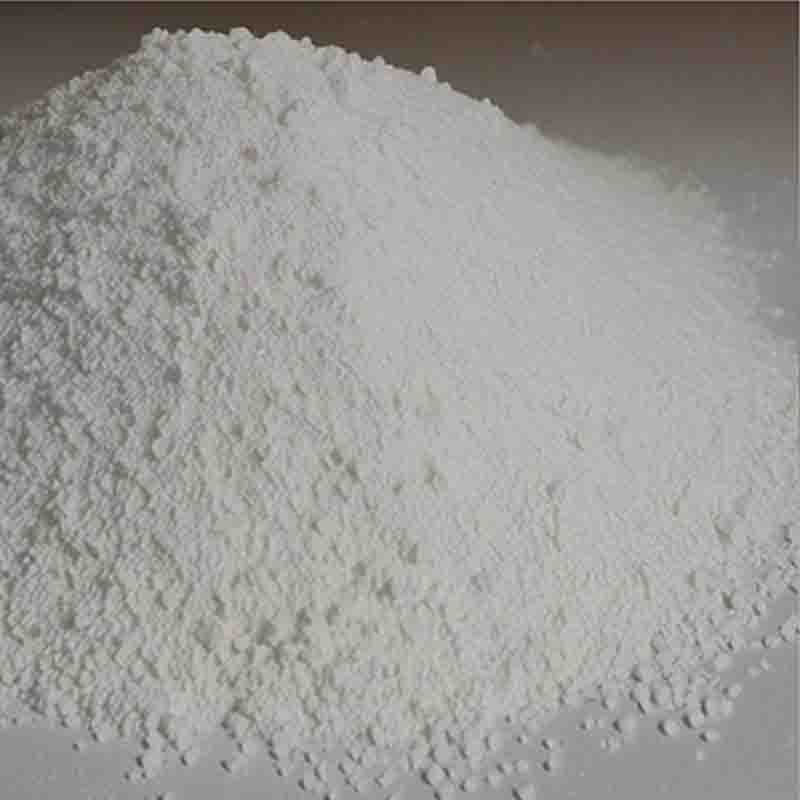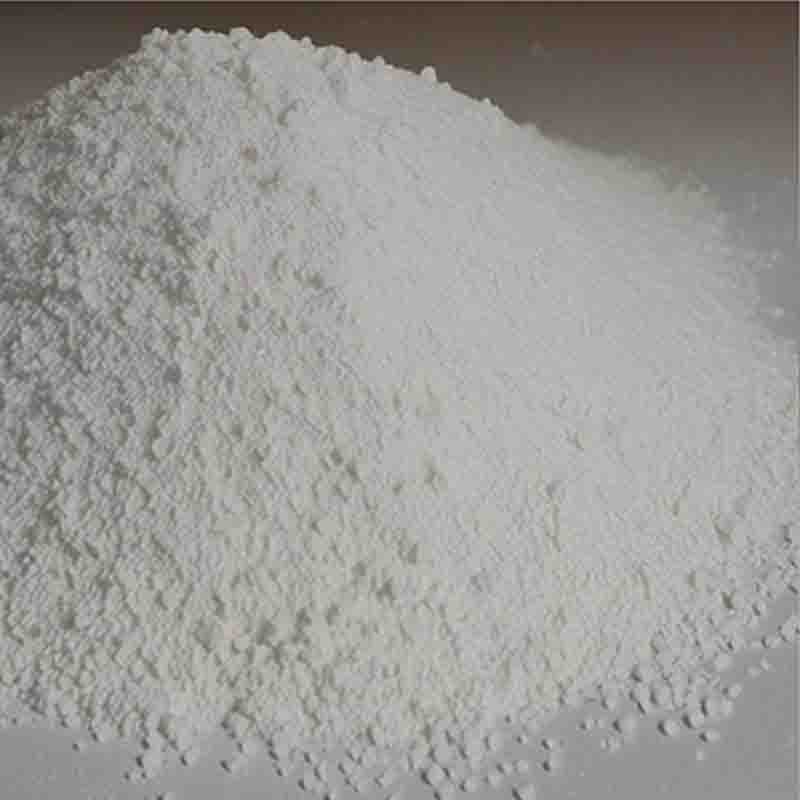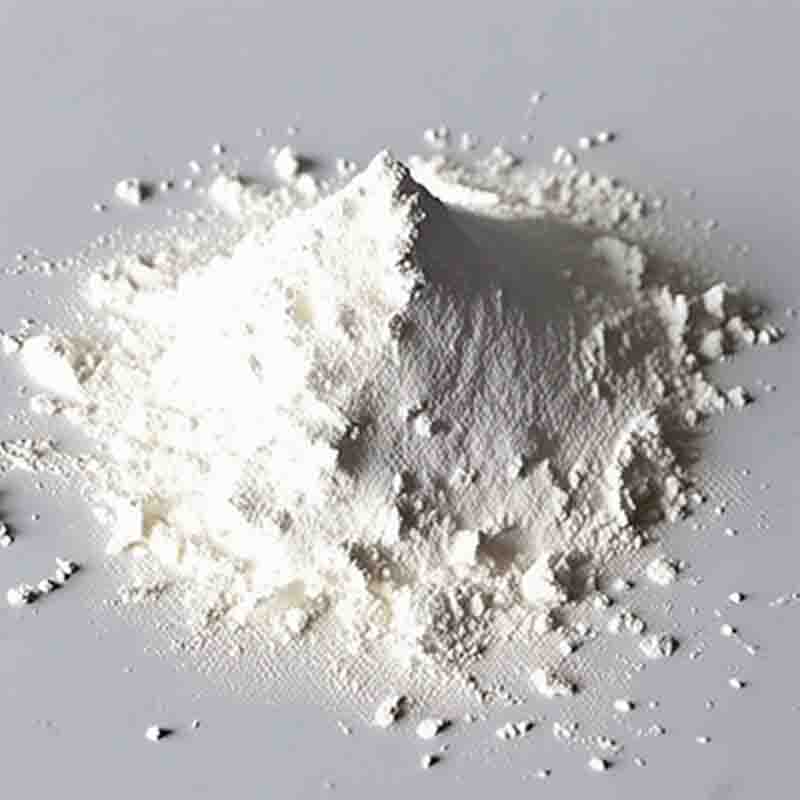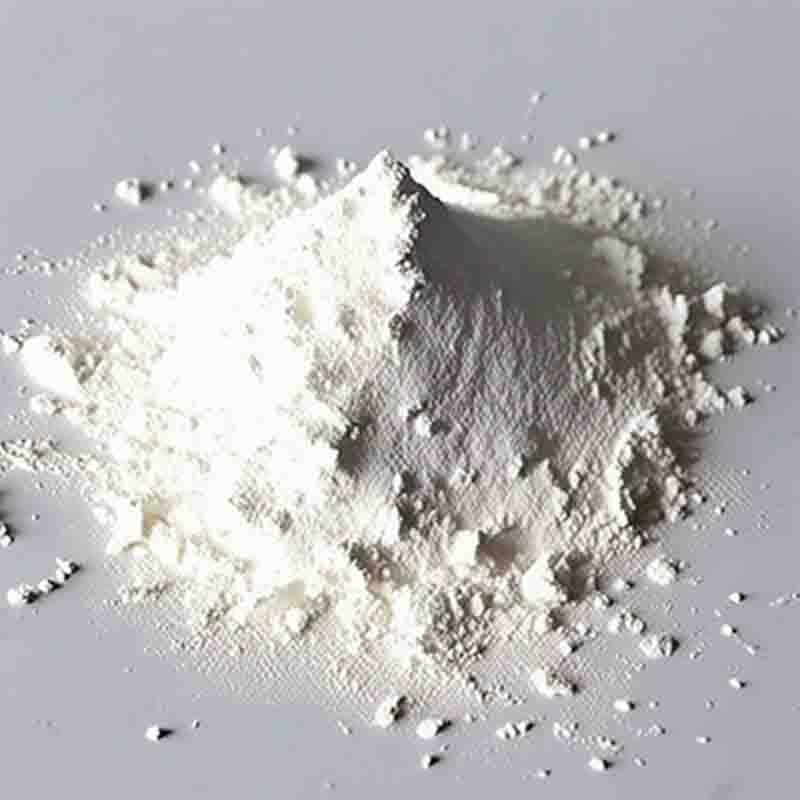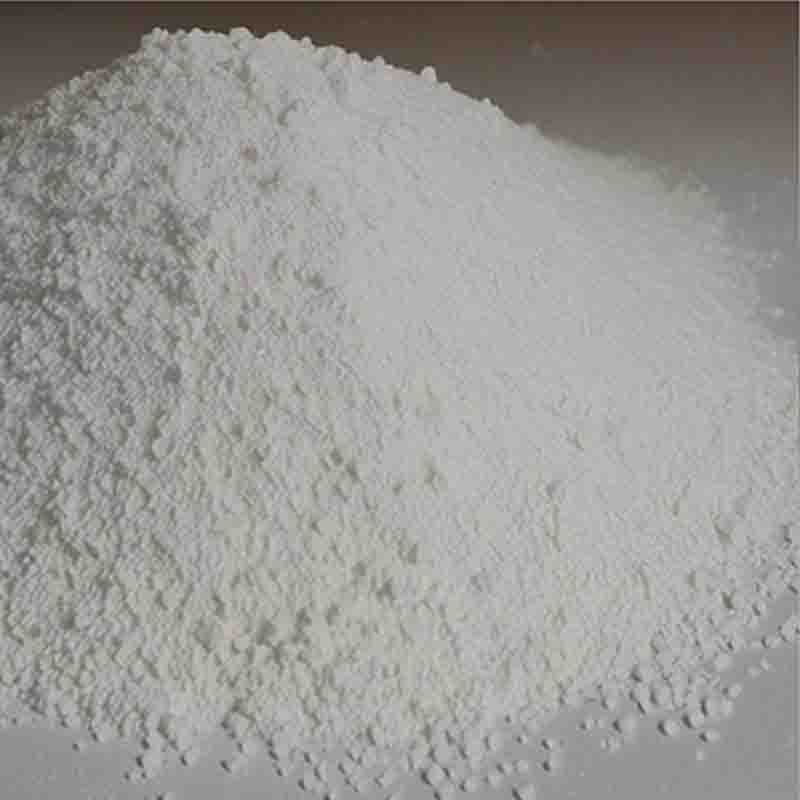2-({(5S)-2-oxo-3-[4-(3-oxomorpholin-4-yl)phenyl]-1,3-oxazolidin-5-yl}methyl)-1H-isoindole-1,3(2H)-dione CAS: 446292-08-6
| Catalog Number | XD93408 |
| Product Name | 2-({(5S)-2-oxo-3-[4-(3-oxomorpholin-4-yl)phenyl]-1,3-oxazolidin-5-yl}methyl)-1H-isoindole-1,3(2H)-dione |
| CAS | 446292-08-6 |
| Molecular Formula | C22H19N3O6 |
| Molecular Weight | 421.4 |
| Storage Details | Ambient |
Product Specification
| Appearance | White powder |
| Assay | 99% min |
The compound 2-({(5S)-2-oxo-3-[4-(3-oxomorpholin-4-yl)phenyl]-1,3-oxazolidin-5-yl}methyl)-1H-isoindole-1,3(2H)-dione is a complex organic molecule with potential applications in the fields of medicine and pharmaceuticals.The presence of the isoindole core indicates that this compound possesses structural features that are biologically relevant and have been found in bioactive molecules. Isoindole derivatives have been reported to have diverse pharmacological properties, including antitumor, anti-inflammatory, and antimicrobial activities.The oxazolidinone moiety, represented by the 1,3-oxazolidin-5-yl group, is known for its antibacterial activity. Oxazolidinones have been utilized as important components in antibiotics, particularly against drug-resistant bacteria. This suggests that the compound may have potential as an antibacterial agent.The presence of the morpholinone moiety, represented by the 4-(3-oxomorpholin-4-yl)phenyl group, adds further complexity to the compound's potential uses. Morpholines have been widely incorporated into medicinal compounds due to their ability to interact with various biological targets. The oxo group on the morpholinone could potentially enhance the compound's interactions with specific targets, making it a valuable building block in drug discovery and development.The 2-oxo-3-[4-(3-oxomorpholin-4-yl)phenyl]-1,3-oxazolidin-5-yl group, attached to the isoindole core, forms the main active site of the compound. This group's specific chemical structure suggests that it may have interactions with biological targets such as enzymes or receptors.Overall, based on the compound's structural features, it has the potential to exhibit pharmacological activities in antibacterial, anti-inflammatory, and potentially other therapeutic areas. However, its specific uses and mechanisms of action would need to be determined through further studies, including in vitro and in vivo experiments, to assess its efficacy and safety profiles.In conclusion, the compound 2-({(5S)-2-oxo-3-[4-(3-oxomorpholin-4-yl)phenyl]-1,3-oxazolidin-5-yl}methyl)-1H-isoindole-1,3(2H)-dione shows promise in the fields of medicine and pharmaceuticals due to its complex structure and potential pharmacological properties. Future research is necessary to explore its specific uses, potential therapeutic applications, and overall efficacy.


![2-({(5S)-2-oxo-3-[4-(3-oxomorpholin-4-yl)phenyl]-1,3-oxazolidin-5-yl}methyl)-1H-isoindole-1,3(2H)-dione CAS: 446292-08-6 Featured Image](https://cdn.globalso.com/xdbiochems/白色粉末1044.jpg)
![2-({(5S)-2-oxo-3-[4-(3-oxomorpholin-4-yl)phenyl]-1,3-oxazolidin-5-yl}methyl)-1H-isoindole-1,3(2H)-dione CAS: 446292-08-6](https://cdn.globalso.com/xdbiochems/粉末144.jpg)
